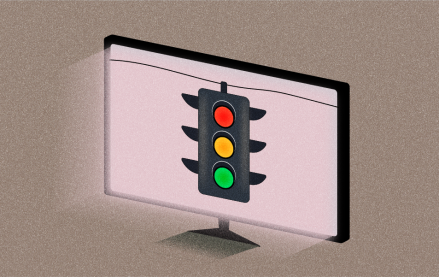Join us Dec. 1-3 in New Orleans for the Digiday Programmatic Marketing Summit
Procter & Gamble wants retailers’ customer data to personalize programmatic ads
Procter & Gamble wants retailers to share their customer data so that it can serve more targeted ads.
The world’s biggest advertiser is pitching the idea of Performance Marketing Retail Partnerships to retailers across Europe, India, the Middle East and Africa. In exchange for loyalty-card data, for example, P&G will optimize ad campaigns to customers who are likely to buy from specific supermarkets, supposedly increasing the retailer’s likelihood of making a sale.
“We’re starting to ask retailers — with our ad tech partner — to share shopper ID data,” said Tom Pickford, P&G’s director of e-business for Europe, India, Middle East and Africa at the IGD Conference in London this week. “It’s a big ask because it’s going way beyond EPOS data and click data.”
P&G would feed the customer data into its data management platform to effectively build a makeshift ID graph it can target audiences against. CPG advertisers are often data-poor, given they don’t have direct relationships with customers. Amazon, a key online sales channel for P&G, won’t share that level of raw data, leaving P&G to try and cobble data together from other online retailers.
“Performance marketing is something that all the digital direct-to-consumer brands can do because they have top-of-funnel and bottom-of-funnel data,” said Pickford. “We’re going to build a very strong ID graph with our own proprietary DMP and demand-side platform.”
The question is whether P&G can convince supermarkets to part with one of their most prized assets. Retailers will likely be wary of sharing customer data in the wake of the General Data Protection Regulation and concerned their data could be used to drive business to rival sellers. Retailers will be hesitant to give away data unless they expect to get more sales or shopper marketing spend.
“I think ultimately it is to their advantage to build stronger relationships with advertisers given the pressure they are under from Amazon,” said Ari Paparo, CEO of ad tech business Beeswax.
“Should the retailers package the data together into a services offering alongside the other data they already provide manufacturers, this would open revenue streams that would help, given the pressure on margins and price,” said Farhad Koodoruth, co-founder of digital agency Threepipe.
P&G’s push for better programmatic ads comes 18 months after it cut its digital ad budget by more than $100 million and reduced the number of sites it advertised on. Despite the cuts, Pickford said programmatic spend is on the rise. “As more of our media dollars shift from traditional channels to digital, within digital, more of our media dollars are shifting from direct purchase to programmatic media,” he said.
For P&G, programmatic is a way of turbocharging what is already one of the fastest growing parts of the business. E-commerce is worth $4.5 billion in sales to P&G, which is 6 percent of its sales, said Pickford. P&G expects that figure to jump to $10 billion in 2021, when Pickford said e-commerce would account for around 30 percent of its sales.
More in Media

Marketers move to bring transparency to creator and influencer fees
What was once a direct handoff now threads through a growing constellation of agencies, platforms, networks, ad tech vendors and assorted brokers, each taking something before the creator gets paid.

Inside The Atlantic’s AI bot blocking strategy
The Atlantic’s CEO explains how it evaluates AI crawlers to block those that bring no traffic or subscribers, and to provide deal leverage.

Media Briefing: Tough market, but Q4 lifts publishers’ hopes for 2026
Publishers report stronger-than-expected Q4 ad spending, with many seeing year-over-year gains.







